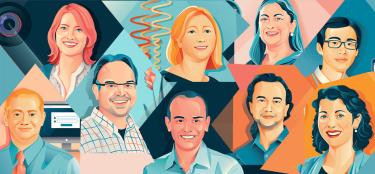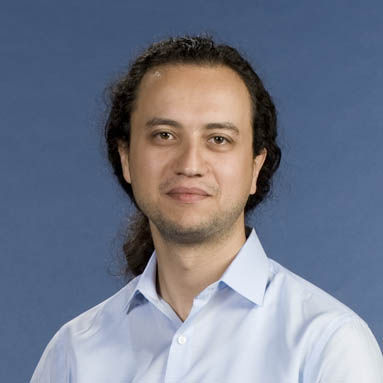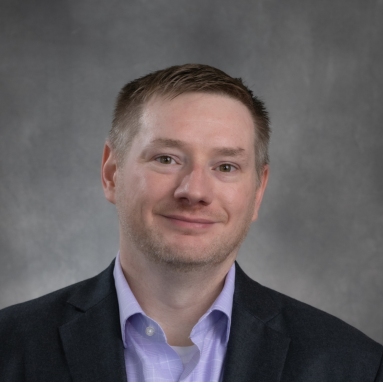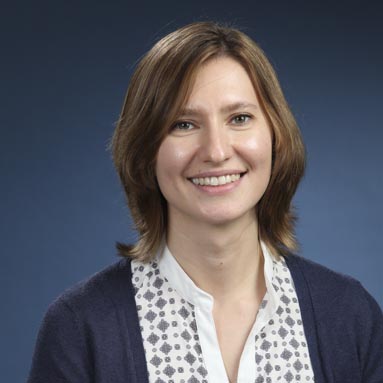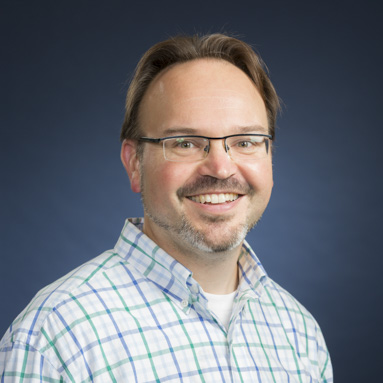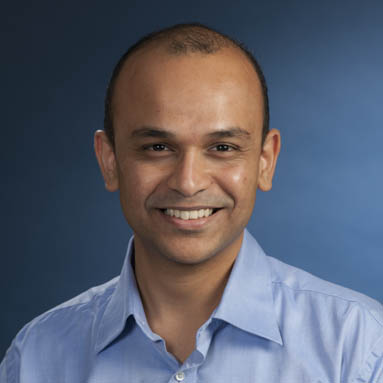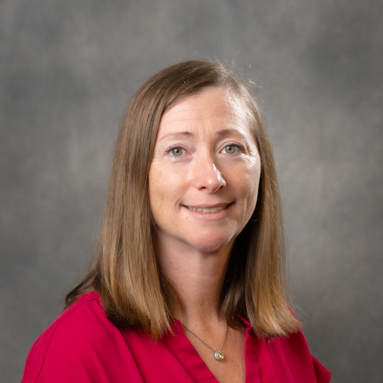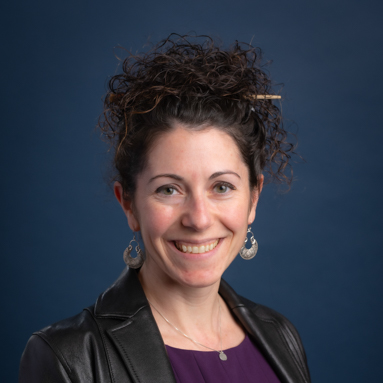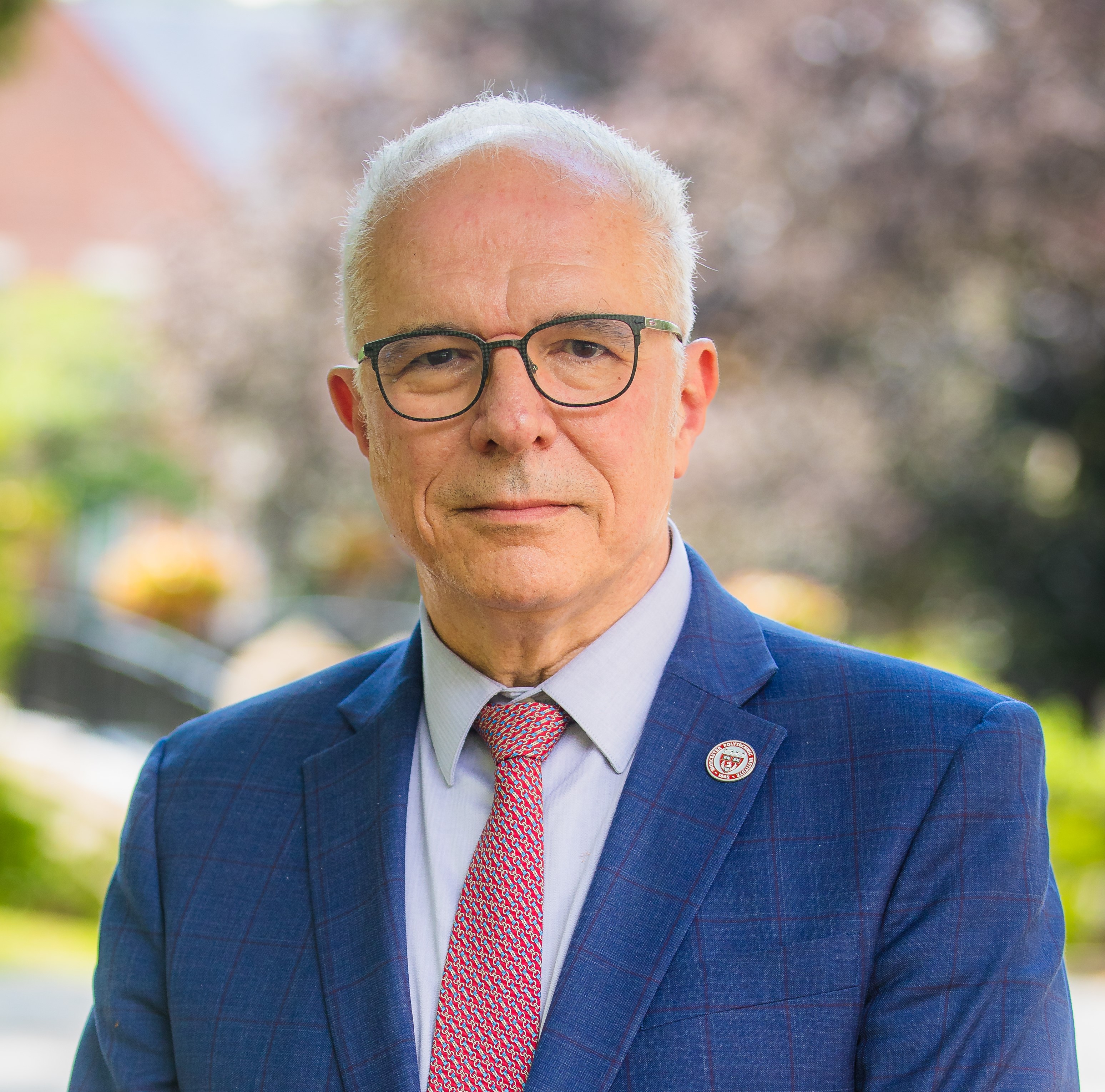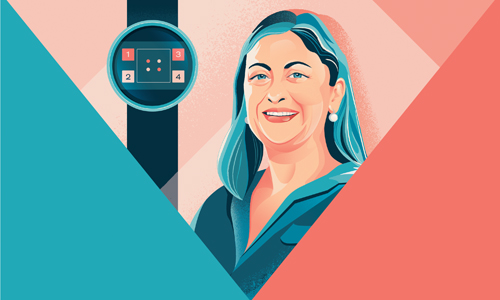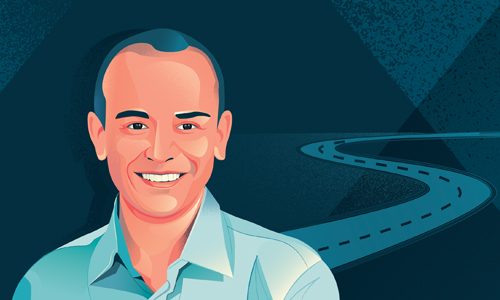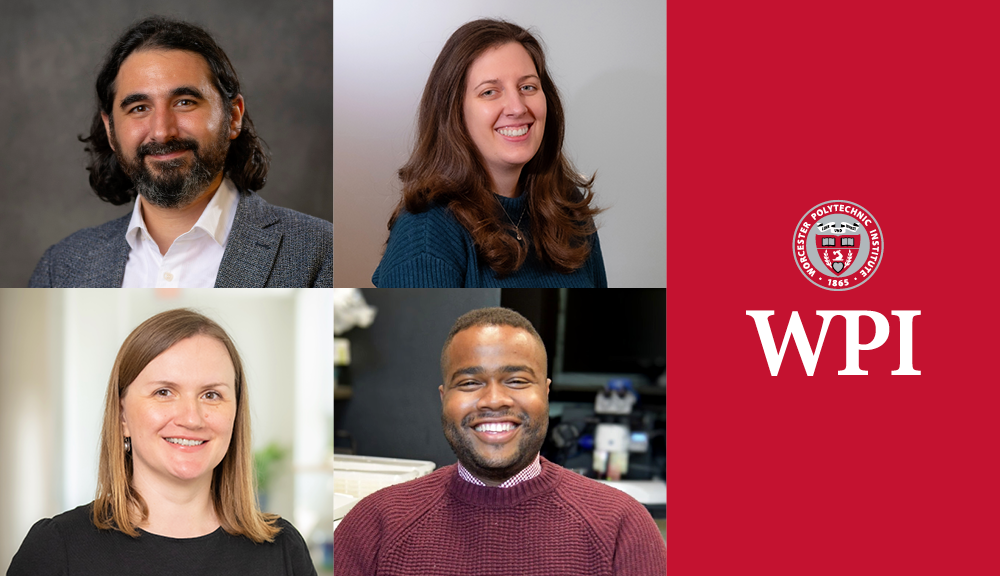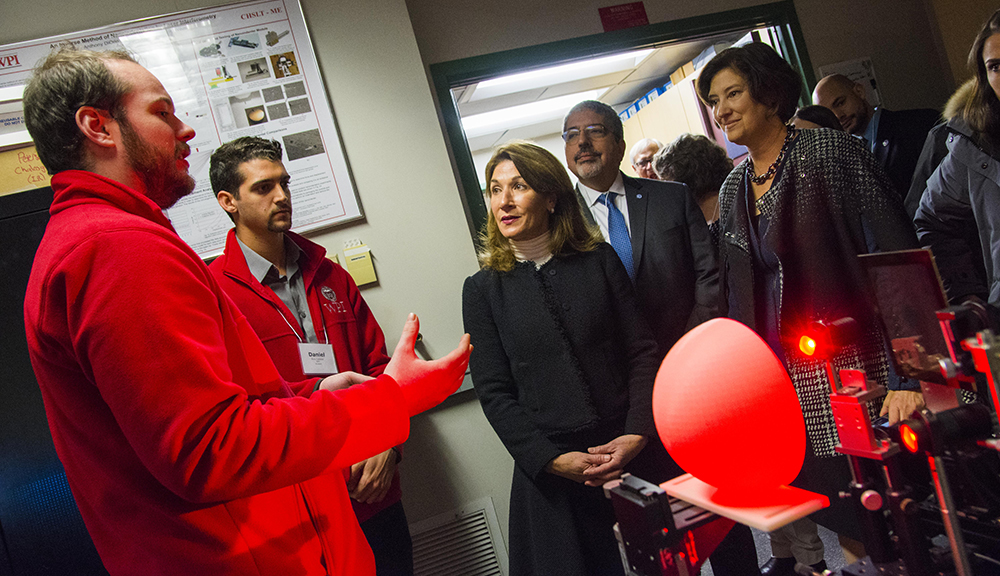For young tenure-track academics, establishing an original and sustainable research program is a priority. And particularly in the STEM fields—where robust research programs can require materials, supplies, expensive equipment, and support for graduate students—winning external funding can be essential for career advancement.
Recognizing this challenge and wanting to help promising early-stage faculty members build a firm base for later achievements, a number of federal agencies and private foundations offer special early career awards—often multiyear grants that are designed to help rising faculty stars establish a trajectory for their careers as educators and researchers. The Department of Defense’s Young Investigator Awards, the Department of Energy’s Early Career Research Program awards, and NASA’s Early Career Fellowship programs are prime examples.
One of the best-known and most coveted young faculty honors is the five-year CAREER Award from the National Science Foundation (NSF). (CAREER is not an acronym, but is instead shorthand for the NSF’s Faculty Early Career Development Program). Highly competitive (between 8 and 24 percent of proposals were funded in 2017, depending on the discipline), the CAREER Award recognizes men and women “who have the potential to serve as academic role models in research and education and to lead advances in the missions of their organizations,” according to an NSF webinar.
While the primary focus of a CAREER Award is research, recipients must demonstrate how they will integrate their scholarship with their teaching and public outreach. With the goal of helping develop outstanding scholar-educators, the NSF advises prospective applicants that it seeks to promote the kind of cross-fertilization “in which the process of discovery stimulates learning and assures that research findings are quickly and effectively communicated in a broader context and to a larger audience.”
WPI faculty members have received a steady stream of CAREER Awards since the mid-1990s, when the CAREER program was launched, typically at a pace of one or two awards per year (in recent years, a number of new faculty recruits have arrived with the prestigious awards already in hand, bringing the total of current faculty members who have earned the honor to 31). The past three years have brought a particularly impressive bounty, with eight new awards bestowed on WPI researchers. During the same timeframe, the university received its first U.S. Air Force Young Investigator Award.
WPI’s unusually strong recent showing in early career honors can be attributed, in part, to the university’s success over the past decade in recruiting exceptionally talented young faculty members, many of whom completed advanced degrees at the nation’s top research universities and most of whom had already built well-established and funded research programs, notes Bogdan Vernescu, vice provost for research.
“While focused on the promise of discoveries and innovations yet to come,” Vernescu says, “these very competitive awards also recognize talented researchers with demonstrated track records as researchers and educators. WPI’s recent success in winning these awards reinforces the judgment of the Wall Street Journal, which in 2016 ranked WPI No. 1 in the nation among universities with more than 1,000 students that do the best job of combining scholarly research with classroom instruction.
“These talented women and men have the experience, skills, and innovative spirit necessary to develop practical solutions to significant scientific, technological, and societal problems. I look forward to seeing what they do next.”
